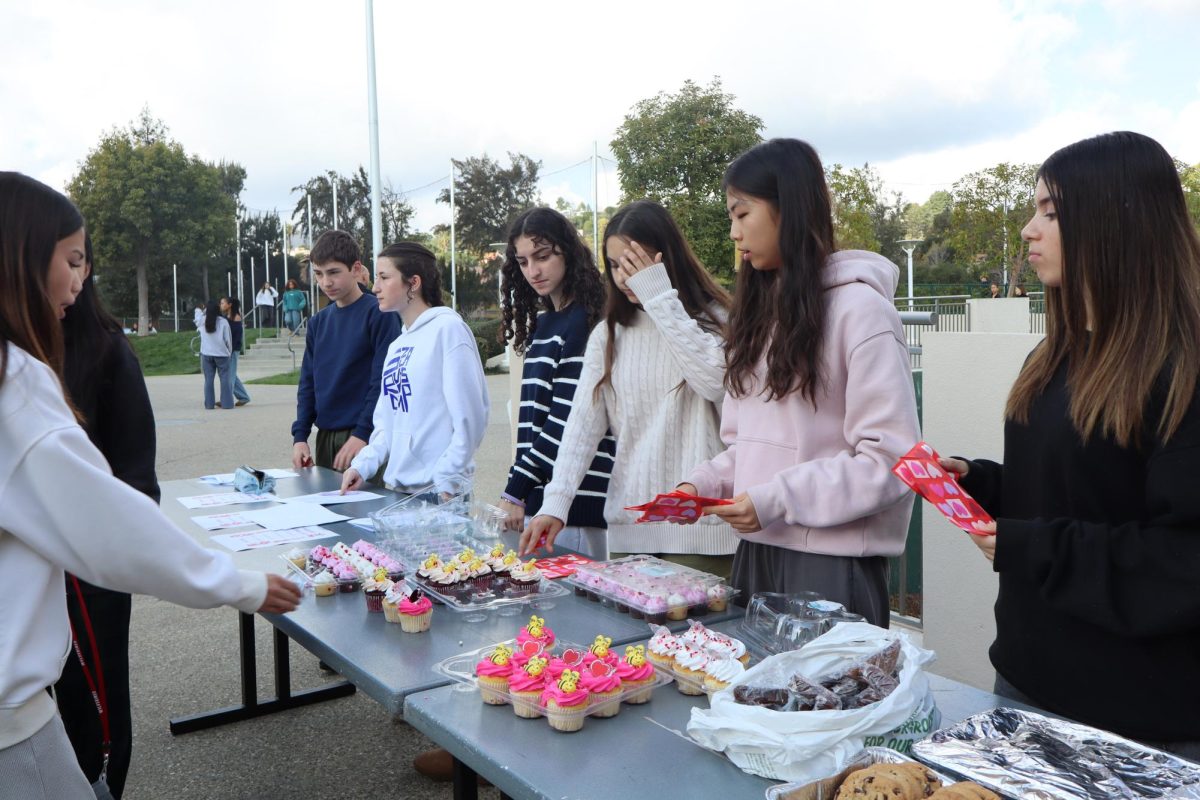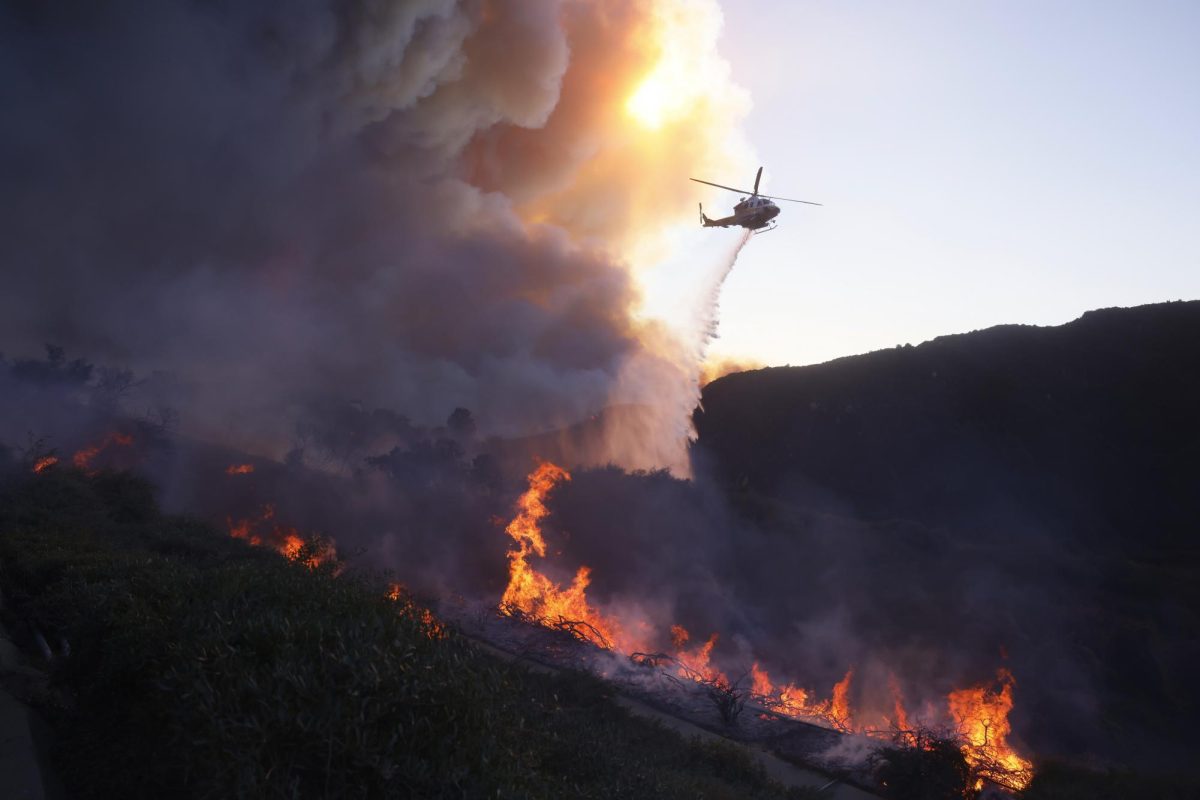Putin’s regime has been a time of change for Russia. The so-called “President” has had an aggressive agenda which sought to stabilize and expand Russia. Putin did bring the economy out of the disastrous Yeltsin years. He rebuilt the Russian military after near total collapse. He seized Crimea from Ukraine. He has cracked down on dissent within his nation, and established himself as a new Tsar within Russia.
However, this equation of Putin to the Tsars of old is not merely relating to his power, but also his agenda when it comes to Russian society. Putin has supported a highly conservative social agenda, to support the Russian Orthodox Church.
The history of Russia’s Orthodox Church is intertwined with that of Russia itself. The Kievan Rus’, the predecessors of modern Russia, converted to Byzantine Rite Orthodoxy in the 10th century. For the next 1000 years, the Princes and Tsars of Russia ruled as Orthodox Autocrats, in the style of the Byzantines, seeking to conquer Orthodox lands, and to establish themselves as the heads of Eastern Christianity. This, however, came crashing down in spectacular fashion.
In 1917, the Romanovs were overthrown by a democratic government, who were in turn overthrown by Lenin’s Bolsheviks, who happened to be violently atheist. The Tsar and his family were shot in 1918, and a civil war from 1917-1922 established the power of the Bolsheviks, creating the Soviet union. Throughout Russia, churches were destroyed, Monks killed, believers harassed, and the faith was suppressed in every way. But in 1991, the Soviet Union fell, and the Russian Orthodox Church began a spectacular rise.
In the last 30 years, the Russian Orthodox Church has grown greatly in importance. The Church has seen a skyrocketing membership rate since the dissolution of the Soviet Union, going from 31% of the population to 72% of the population. Nearly 20,000 new churches have been made throughout Russia, with many more being restored. This means that Russia is completing around 3 churches every day. Many of these are not small projects either. The Church of Christ the Savior, which was destroyed in the 1930s by Stalin’s regime, has been rebuilt, and is a truly magnificent building, mirroring the old cathedral that once stood. Its grand dome is nearly 100m high, and is the third largest in the Orthodox world. Alongside the sixteenth century Cathedral of St. Basil, in the Red Square, is the principal cathedral of the Russian Orthodox Church, and more importantly, a glittering new symbol of the increasingly influential Russian Orthodox Church.
However beyond the Onion domes and golden icons, there is a far less appetizing side of the Russian Orthodox Church. Alongside the rise of Traditional Religion came the rise of conservative values in Russia, supported by the church. The church has become an influential player in Russian politics, pushing for its own conservative agenda.
The rising conservatism of the Russian Orthodox Church has shown itself in a number of situations. Putin signed a series of Constitutional amendments which, alongside extending Putin’s term limits, formally banned gay marriage throughout Russia. In addition, there was a ban on what the Russian government defines as “gay propaganda.”
This law has been exploited to limit the free speech of gay rights activists throughout Russia, making it difficult for anyone to even talk about the ban on gay marriage. These bans were heavily influenced by Patriarch Kirill of Moscow and the Russian Church, for whom it was a major policy goal. The highly conservative Russian church has been trying to formally end gay marriage for a while, and this was a victory.
The Russian Orthodox Church has openly supported the Russian government’s decriminalization of domestic violence, another law which seemingly turns back the clock by 100 years in Russia. The Russian Orthodox Church believes that family life is sacrosanct and that the government has no authority to interfere in it, even when 10% of Russian families have domestic violence issues.
The Russian Patriarchate invested a large amount of resources in riling up Conservative groups to oppose the domestic violence legislation. The law drastically reduced the penalties for domestic violence, with it only being punishable if a woman is sent to the hospital, and the punishment is equivalent to that of a parking ticket.
However, one area where the Russian Orthodox Church breaks from tradition is their support of militant Orthodoxy. The Orthodox Church has always had a stance against the idea of holy war, with the Catholic use of it destroying any chance of reunification between the churches. Patriarch Kirill seeks to change this. The Russian Church has openly supported the idea of war being holy, having released statements that sacralize war in the Russian Orthodox Church.
In addition, many militant Russian Orthodox groups have sprung up throughout Russia and Ukraine, like Sorok Sorokov, who hold annual training events to teach kids how to shoot firearms and engage in hand-to-hand combat. They also intimidate protesters at protests that go against the government. Even more worryingly are the Russian Orthodox Militias in Ukraine, who have supported the rebels in Donetsk and Luhansk, pro-Russian breakaway states in Eastern Ukraine.
Ukraine has also been a perfect example of the Russian Church’s belligerence. The Ukrainian Orthodox Church was a breakaway sect of Orthodoxy which sought to separate itself from the authority of Moscow, which Ukraine had historically been under. It was unrecognized by the 9 Patriarchs of the Eastern Orthodox Church. However in 2018, the Ecumenical Patriarch of Constantinople, the titular head of the Orthodox Church, alongside the Patriarchate of Jerusalem and the Metropolitanate of Greece recognized the Ukrainian Orthodox Church in reaction to Russia’s increasingly belligerent branch of Orthodoxy. Patriarch Kirill was infuriated, and schismed the Church, breaking ties with the recognizing groups. This destroyed over a millennia of unity between Moscow and Constantinople, and shook the Orthodox World to its core.
Putin’s Orthodoxy is a faith different from anything else in Europe. Russian Orthodoxy has even shifted dramatically from already conservative Eastern Orthodoxy. This new Russian Orthodoxy is a far more unpredictable, and far more dangerous beast. It is seeking to bring back a long gone era of holy wars and theocracy, which have been gone for nearly 100 years, and to bring glory to what is Putin’s New Russian Empire.






John Stephenson-Love | May 2, 2021 at 12:12 am
Jackson : I am very impressed by your article and the depth of your insights. Love Grandpa John